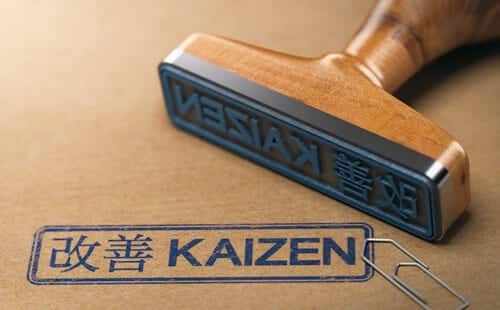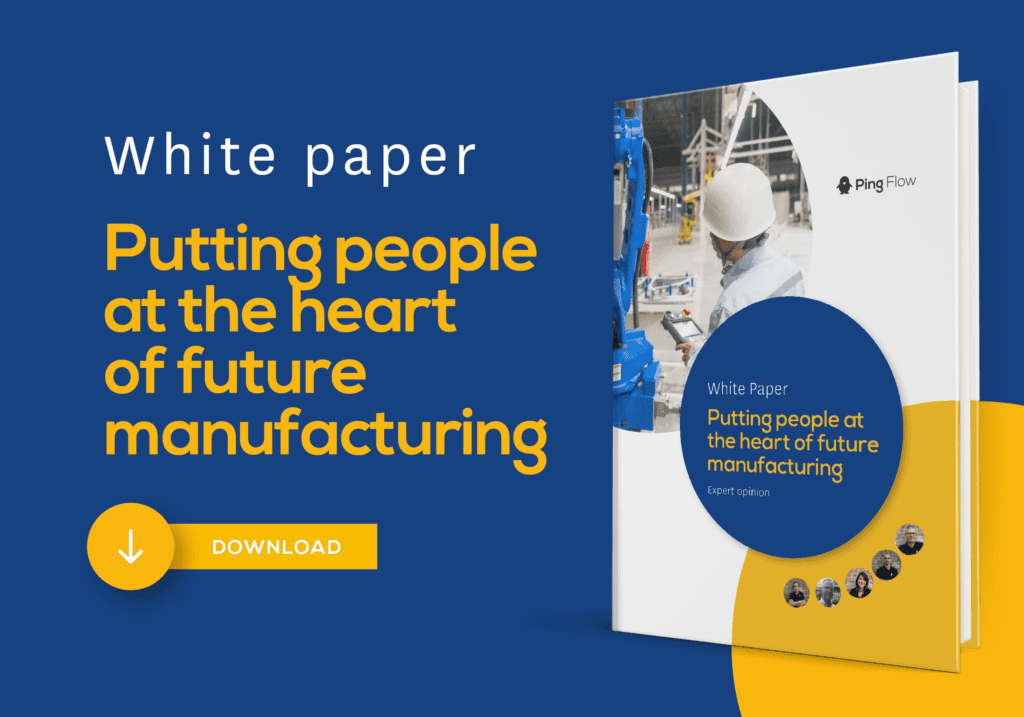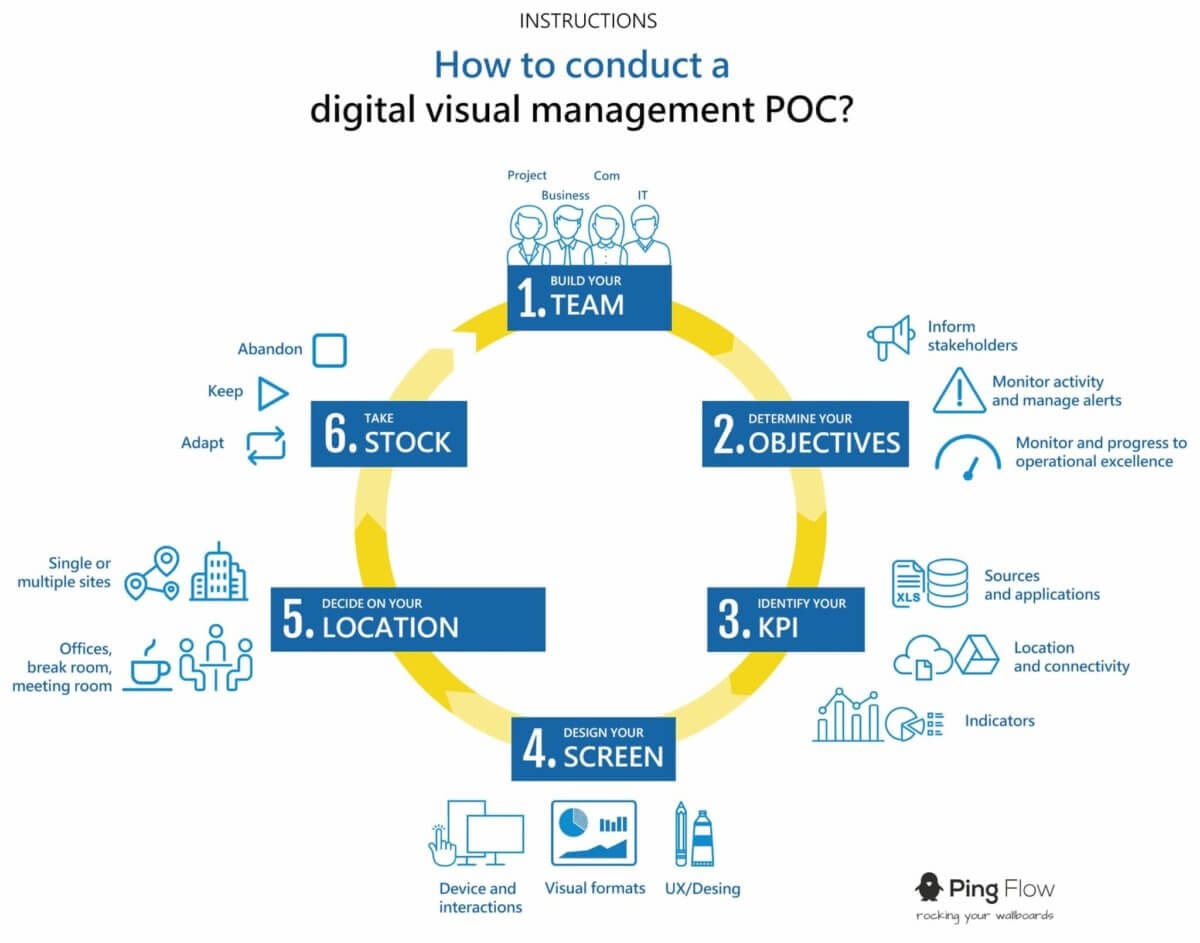
In parallel, thanks to digital technology which exploded from 2000 onwards, digital systems are now integrated into every aspect of companies: From production to marketing to logistics. Lean management can now benefit from this digital transformation. On the one hand, because lean facilitates the adoption of technologies and on the other that digital can improve and enrich the lean approach. All this while placing human beings at the centre. Zoom in on the fundamentals of lean management and how to reinvent it in the digital era.
Andon and digital: for more responsive management
Andon is a visual system which highlights production anomalies so as to manage them in real time. Traditionally, Andon is implemented using a light-signal box, allowing the operator to create a fault warning on their workstation, without providing additional information.
Thanks to digital, operators can now use more advanced tablet and smartphone Andon systems, allowing them to inform their manager of the nature of incidents. As these systems are connected with production tools, production teams can obtain more data and take the required decisions more rapidly. Despite the digitalisation of systems, human beings retain an essential role in the analysis and resolution of problems.
Gemba walk and digital: field roles at the heart of the company
Gemba is a philosophy which encourages managers to leave their offices and spend more time in the field, Through this, they gain a better understanding of production problems and are more inclined to exchange with operators.
With digital systems, managers receive information in real time wherever they are. And using digital visual management, screens can be installed in offices, which let managers monitor activity and thus intervene more rapidly. This also allows them to communicate more easily with operators, as they are aware of the problem and can anticipate and offer rapid solutions.
Hoshin Kanri and Digital: facilitating communication
Hoshin Kanri is about aligning strategic company objectives, intermediary plans and the work carried out on the ground by operators. This maintains coherence between actions taken and company objectives.
Thanks to digital visual management, personnel will benefit from better communication with top management. Overall indicators are displayed on screens, helping operators understand the impact of their work. More included in the company, they will be more motivated.
Kaizen and digital: encouraging collaboration

Digital visual management provides operators with real-time information which allows them to analyse the situation and exchange with their colleagues about faults detected. This encourages new ideas but also for people to manage themselves.
KPIs and digital: managing operations in real time

With digital, these indicators will be displayed on screens and viewed in real time by your teams in the workshop. Thus, everyone will visualise the overall status of production and be able to adapt their activity to suit.
Muda and digital: for more added value
The main objective of lean management is to eliminate waste (or muda): for example, loss of time or unnecessary movement. To do this, it is important to disseminate useful information to those involved in production.
Digital systems then truly help to reduce waste. By providing information for your employees (on screens in the workshop, for example), unnecessary movements are avoided and working time decreases. Incidents and defects are more easily visible, staff can react and intervene more easily.



